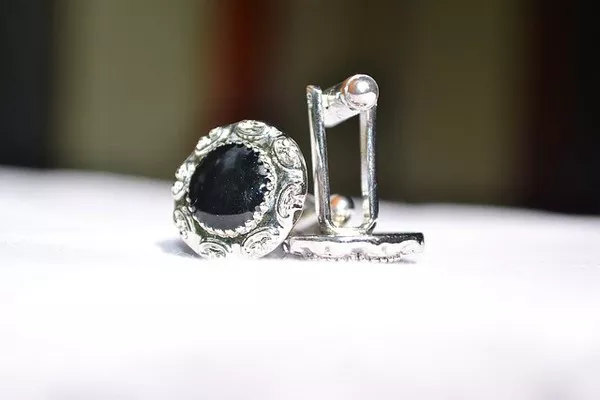In times of economic uncertainty, investors often seek refuge in precious metals as a means to protect their wealth. Among these metals, silver has long been regarded as a valuable asset with intrinsic qualities that make it attractive during periods of recession. This article explores the historical performance of silver in economic downturns, examining the factors that contribute to its resilience and its role as a safe-haven asset.
Historical Perspective:
The historical performance of silver during economic recessions reveals a pattern of resilience and reliability. Silver has demonstrated its ability to withstand market volatility and economic downturns, making it an appealing option for investors seeking stability in uncertain times. One of the key reasons behind this resilience is the dual nature of silver – it is both an industrial metal and a precious metal.
Industrial Demand:
Silver’s unique position as an industrial metal contributes significantly to its performance during recessions. Unlike gold, which is primarily considered a store of value, silver plays a crucial role in various industrial applications. Its conductivity, reflectivity, and antimicrobial properties make it an essential component in the manufacturing of electronics, solar panels, medical devices, and countless other products.
During economic downturns, the demand for industrial goods may decline, affecting silver’s industrial applications. However, the intrinsic value of silver remains intact, as its versatility ensures that it continues to be an integral part of many industries. Moreover, governments and central banks often implement stimulus measures during recessions, which can lead to increased infrastructure spending and a subsequent rise in demand for silver in construction and manufacturing.
Safe-Haven Status:
In addition to its industrial utility, silver has traditionally served as a safe-haven asset alongside gold. Investors often turn to precious metals during times of economic uncertainty, seeking assets that can retain their value when traditional markets falter. Silver’s affordability compared to gold makes it an accessible option for a broader range of investors.
During recessions, the global economic landscape tends to be characterized by heightened market volatility, currency devaluation, and inflationary pressures. In such scenarios, silver’s role as a hedge against inflation becomes particularly relevant. While fiat currencies may lose value, precious metals like silver have historically preserved wealth and provided a safeguard against the erosion of purchasing power.
Market Dynamics:
The dynamics of the silver market also contribute to its performance in recessions. Silver is a smaller market compared to gold, which can lead to more pronounced price movements. While this can result in increased volatility, it also presents opportunities for investors to capitalize on price fluctuations. The potential for rapid price appreciation during economic recoveries is an attractive aspect for those looking to diversify their portfolios.
Investor Behavior:
The psychological aspect of investor behavior plays a significant role in the performance of precious metals during recessions. The fear of economic downturns often prompts investors to seek safer alternatives to traditional assets like stocks and bonds. Silver, with its dual nature as an industrial metal and a precious metal, stands out as a versatile option that can appeal to a broad spectrum of investors.
SEE ALSO Does Silver Increase In Value? All You Need to Know
Conclusion:
In conclusion, the historical performance of silver in economic recessions showcases its resilience and versatility as an investment option. The dual nature of silver as both an industrial metal and a precious metal contributes to its ability to weather economic downturns. Its affordability, coupled with its safe-haven status, makes silver an attractive choice for investors seeking stability in times of uncertainty.
While market dynamics and investor behavior can introduce volatility, the long-term outlook for silver remains positive. As economies recover and industrial demand rebounds, silver is poised to benefit from increased use in various sectors. As always, investors should carefully assess their risk tolerance and diversify their portfolios to navigate the complexities of the financial markets effectively. In an ever-changing economic landscape, silver continues to shine as a valuable asset that stands the test of time and economic fluctuations.


